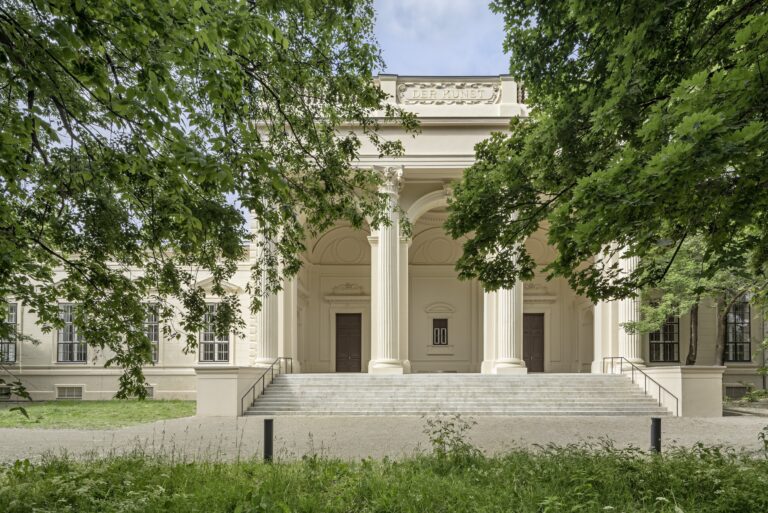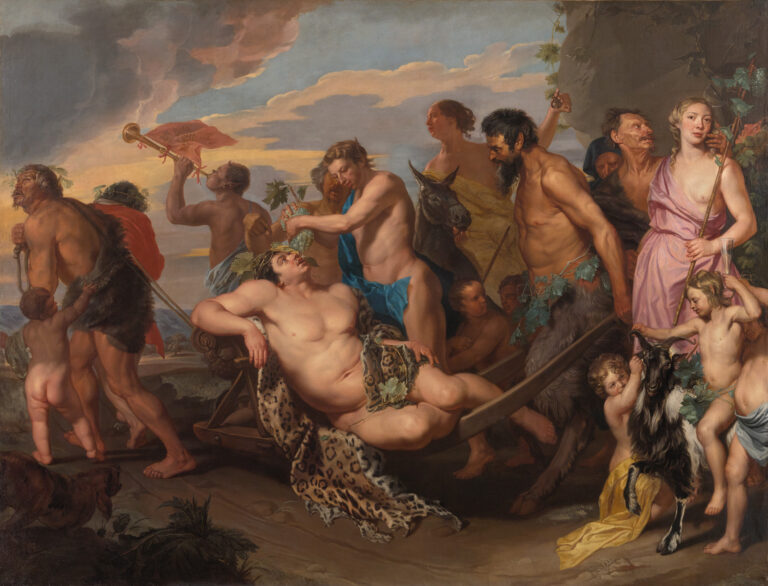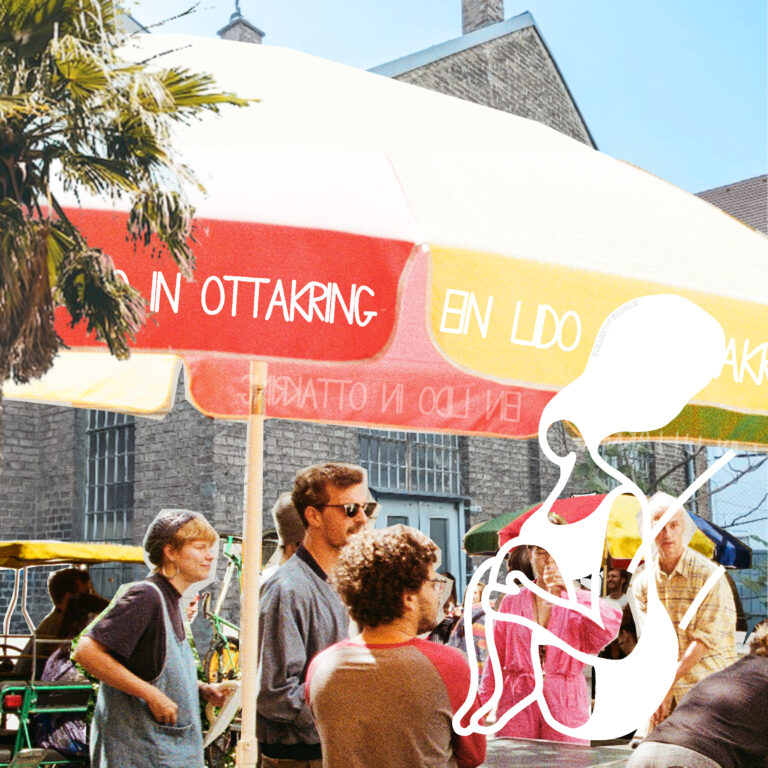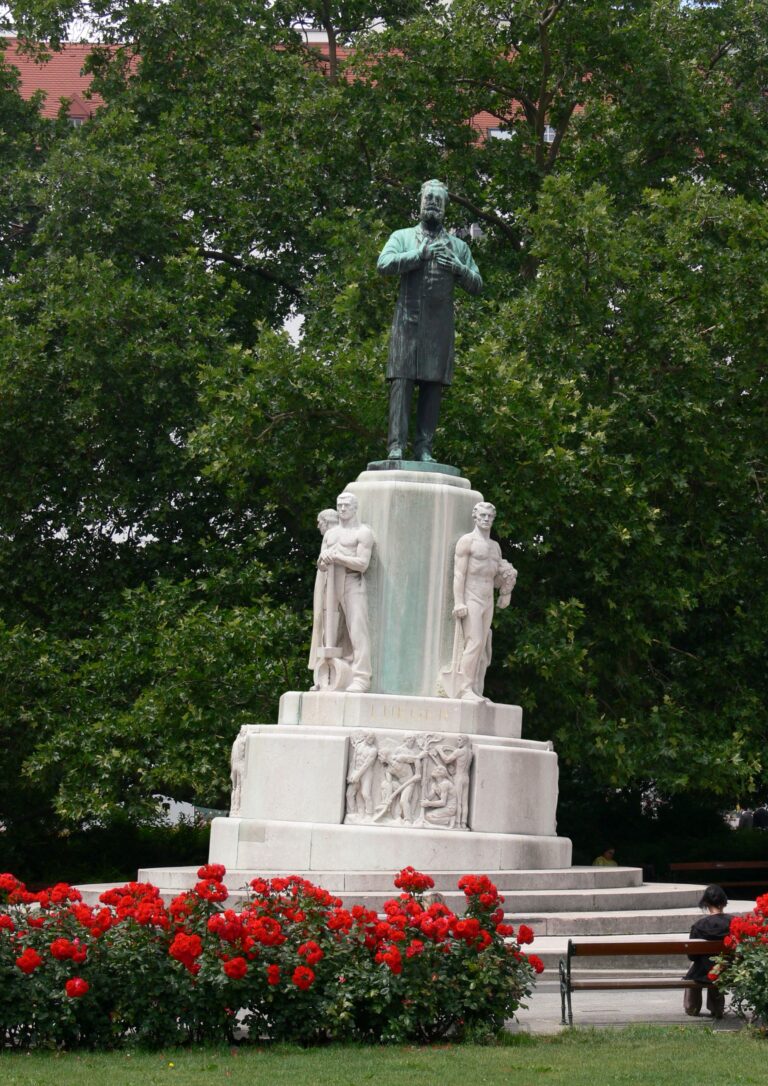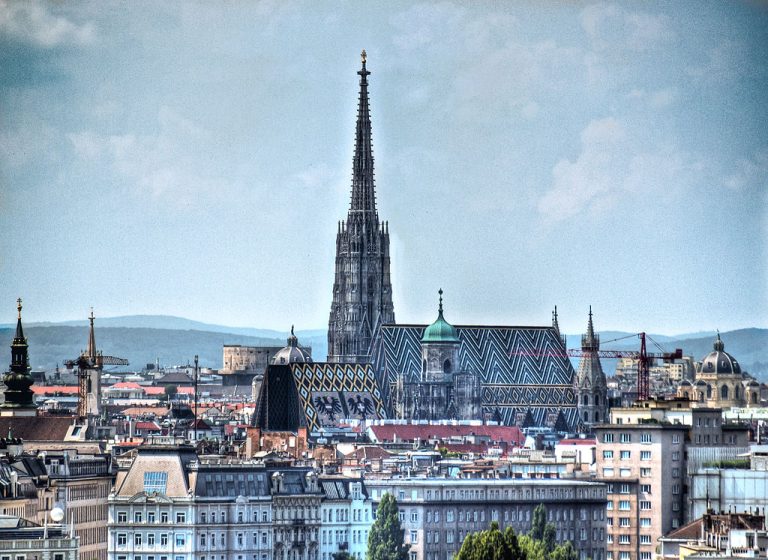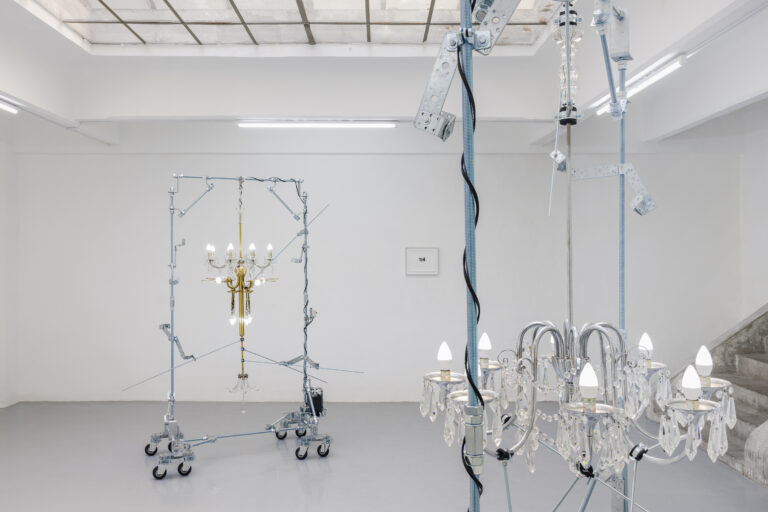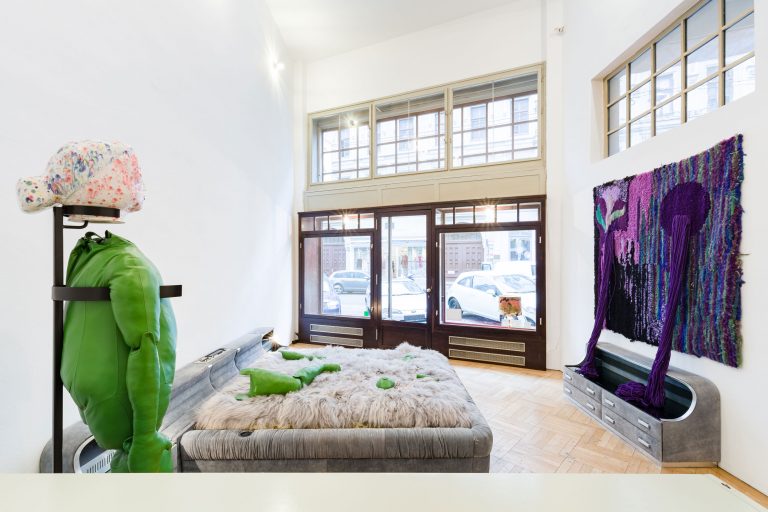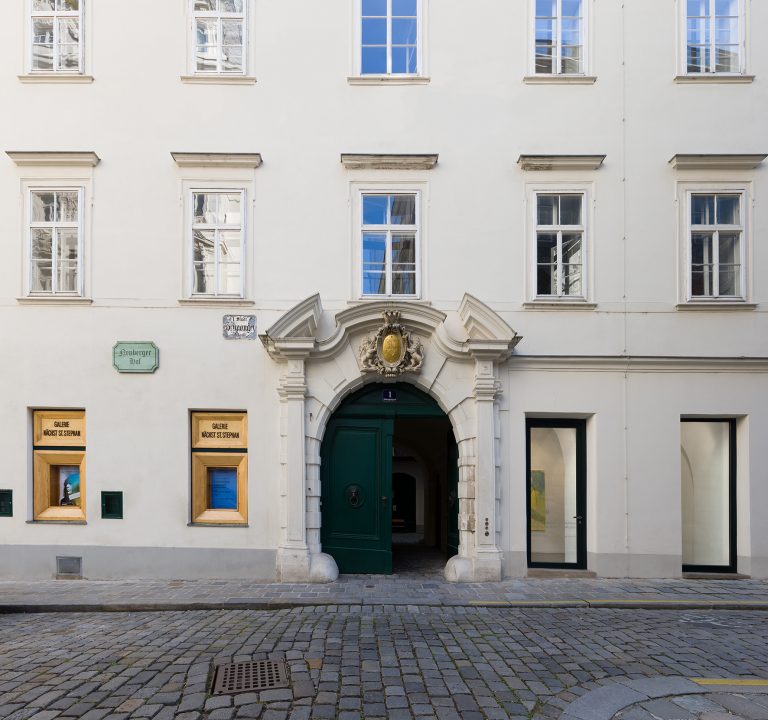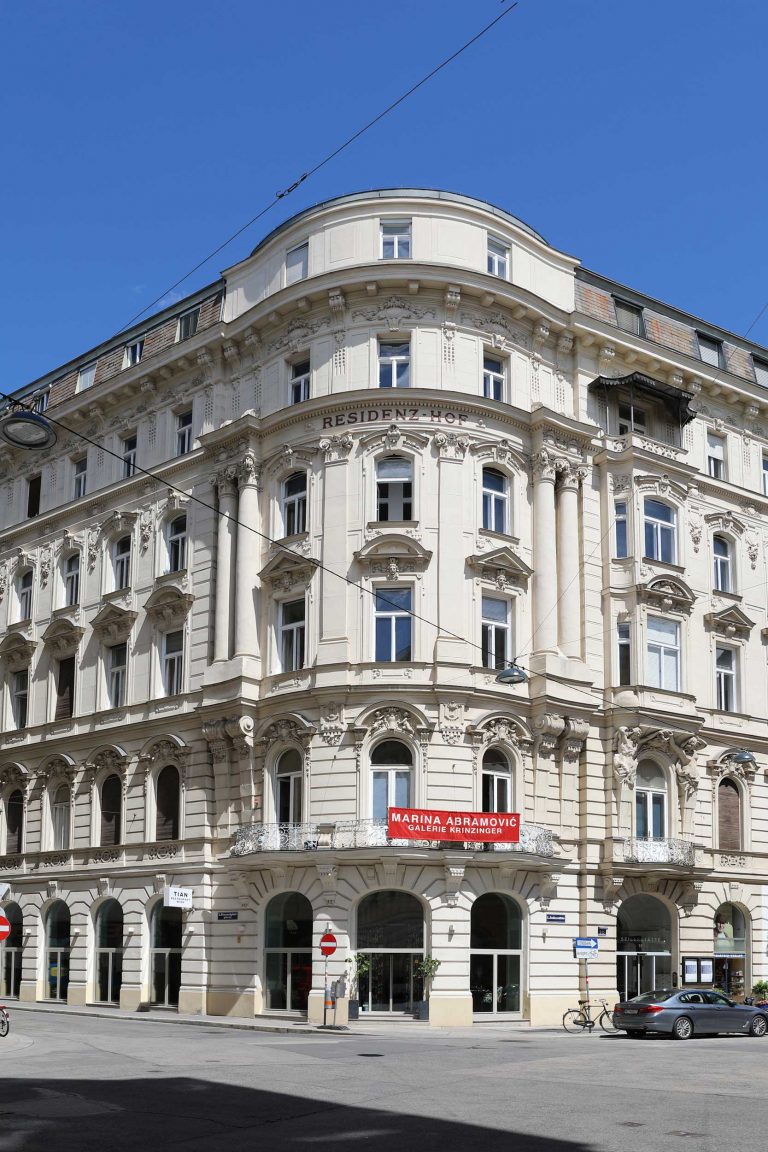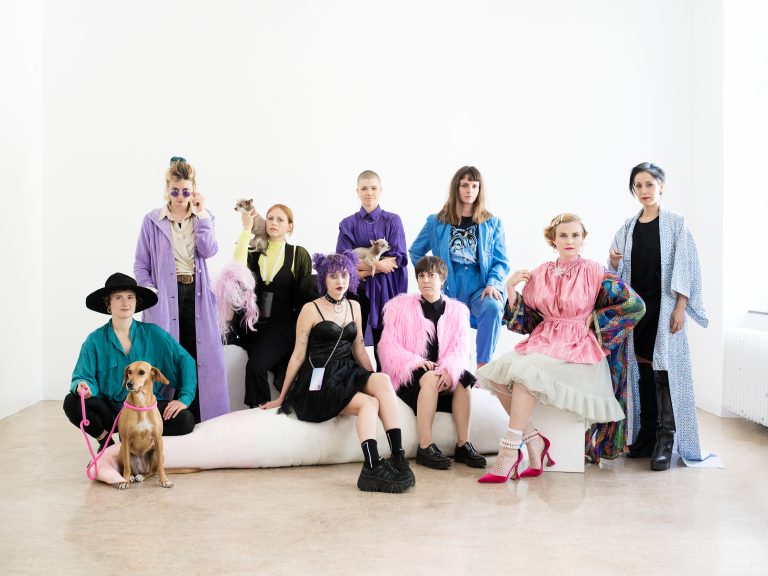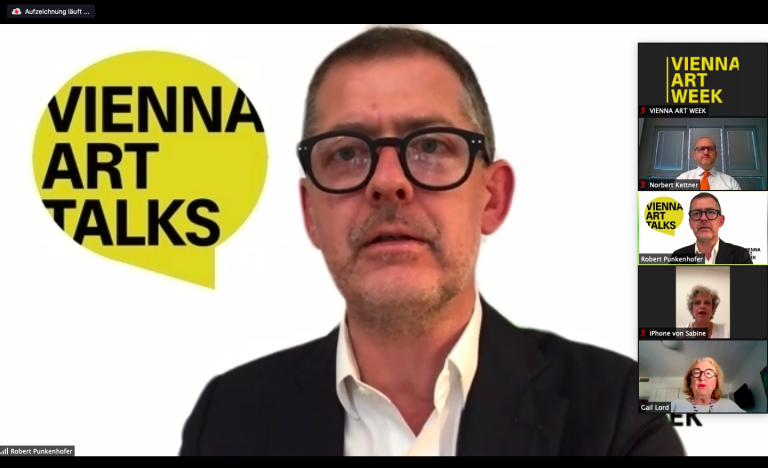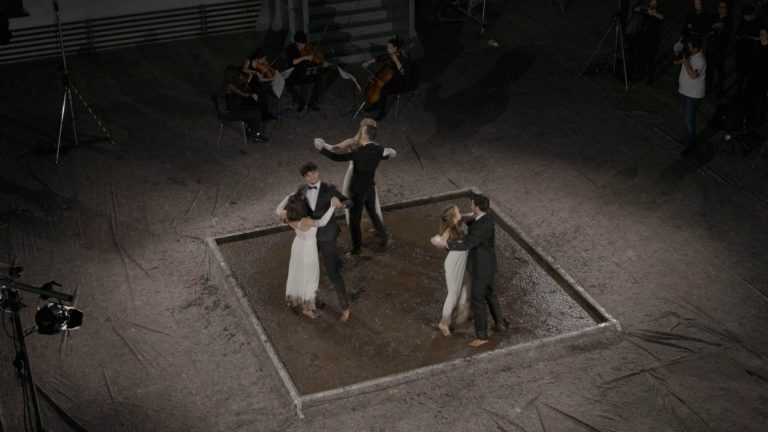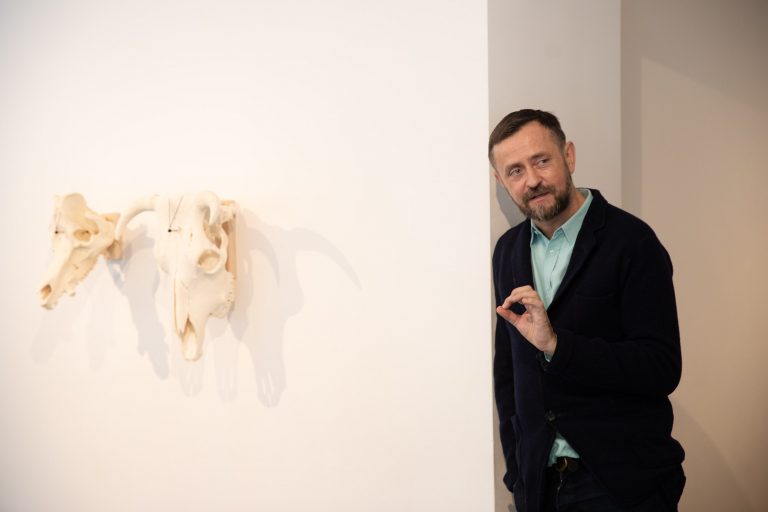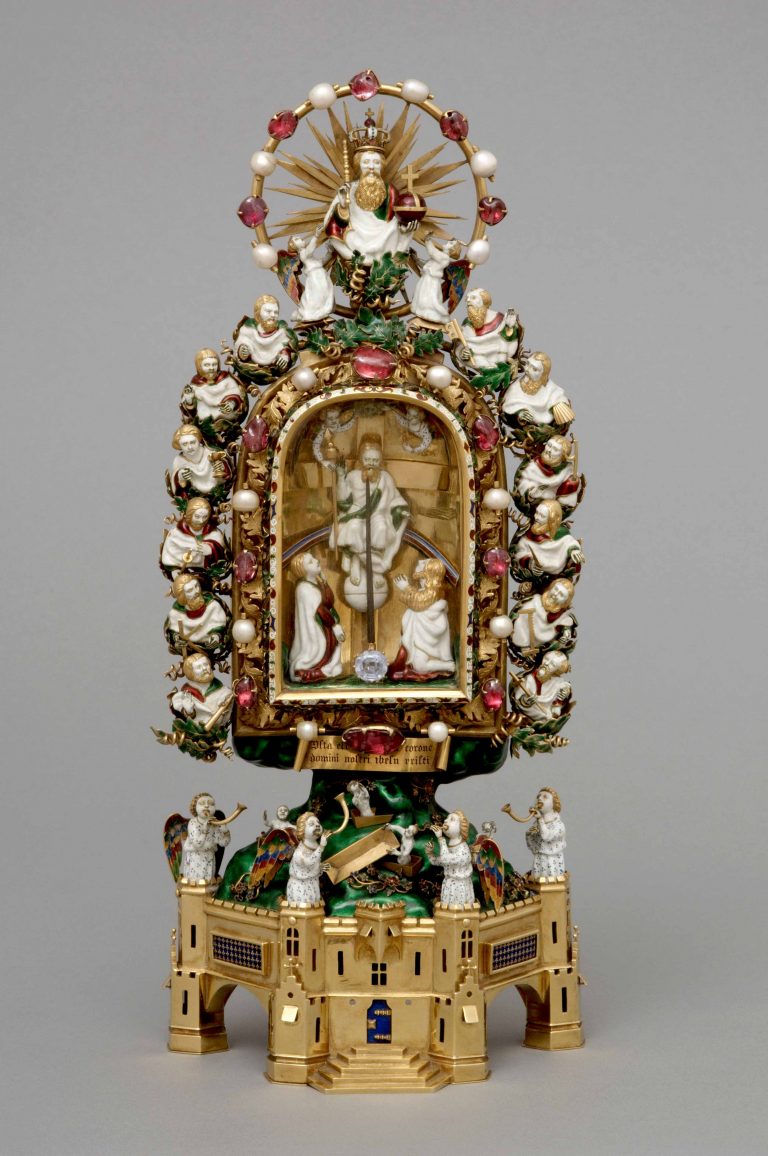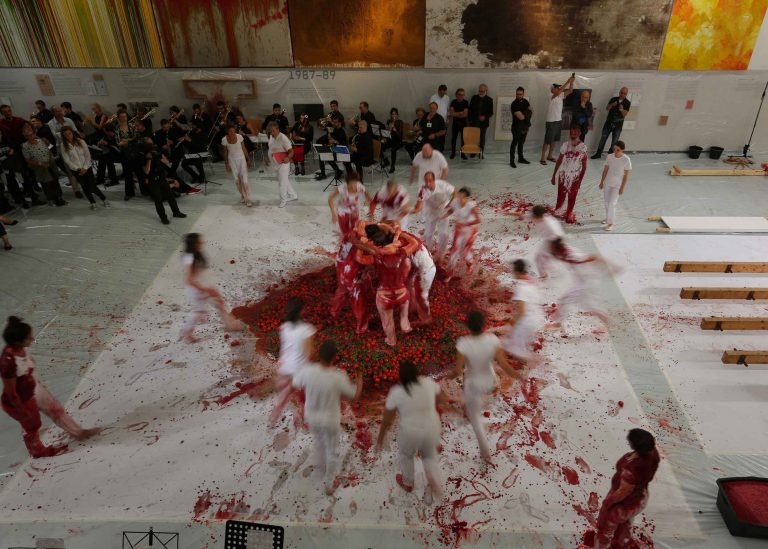Curated by 2025: Fragmented Subjectivities at Krinzinger, Kandlhofer, and Nächst St. Stephan
The 16th edition of the gallery festival explored fragmented subjectivity—between memory, everyday life, and algorithms. A festival about the fragmented self. A text by Sabine B. Vogel.

Image of the collective bahraini-danish: Batool Alshaikh, Maitham Almubarak, Christian Vennerstrøm. Photo by Ghada Khunji.
While alienation was considered the central problem of the self in the last century, some sociologists attribute fragmentation and inconsistency—in short, fragmentation—to the subject in the 21st century.
This finding is now the central theme of the 16th edition of the Vienna gallery festival curated by. But how can this “pathological mode of the present,” as Sophia Roxane Rohwetter calls it in her introductory essay, be translated into art? After a tour of the 24 galleries, the answer is clear: in a highly diverse manner.
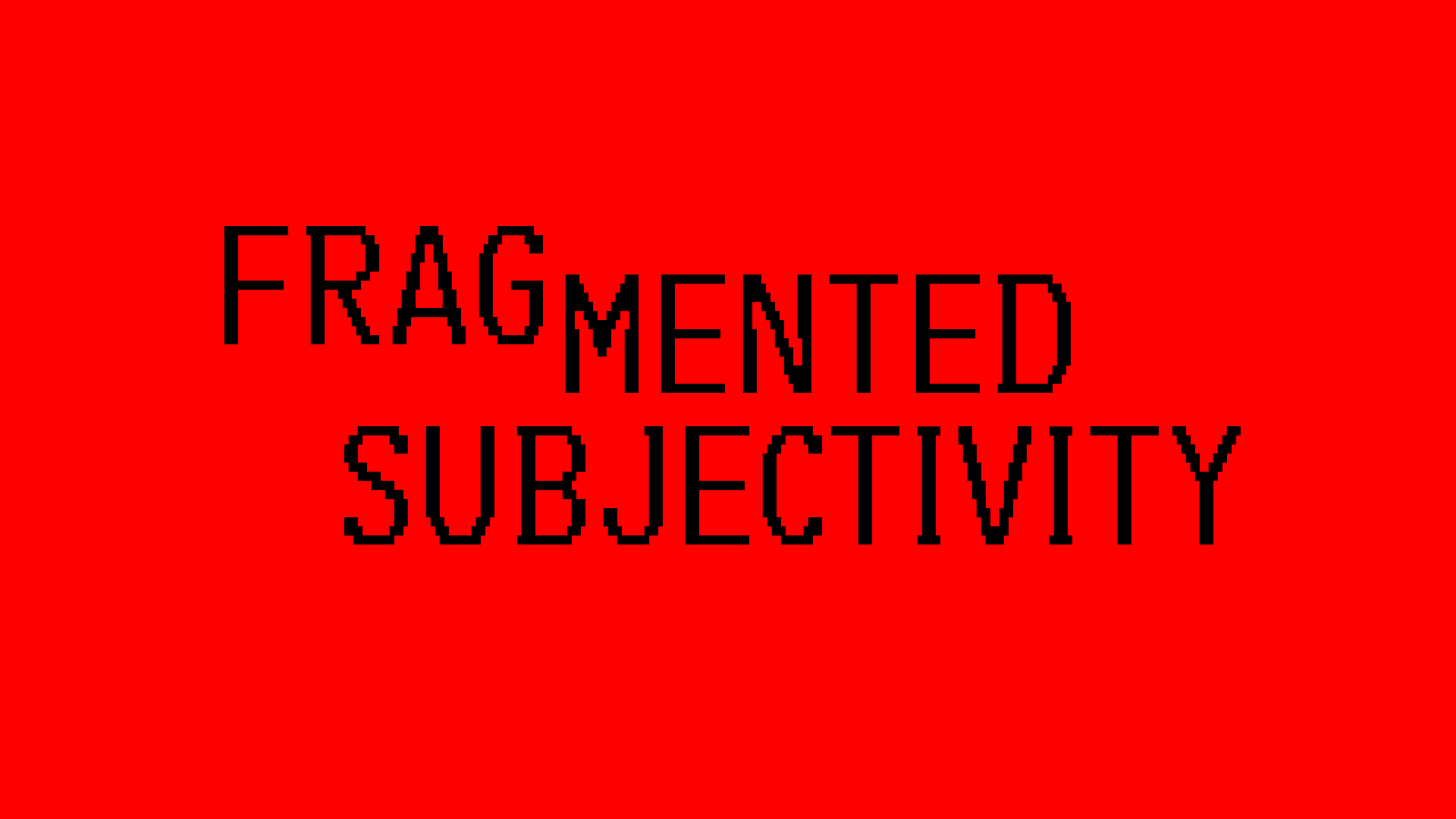
curatedby_2025
Renowned curator Ute Meta Bauer, together with Wejdan Reda, has chosen the beautiful image of the desert for the Galerie Krinzinger Schottenfeld. Twelve artists from the Arab world unfold an impressive kaleidoscope of this landscape, not as a place of drought and emptiness, but as a lived and cultivated zone, a place of memories. Bahraini-Danish—the name refers to her origins—displays the remains of pottery left behind by archaeologists in a display case. Sorted by color and texture, they create connections that transcend time and culture.
Nasser AlSalem comes from a Saudi Bedouin family and translates the idea of travel into an idiosyncratic image: in his photograph, he places a futuristic rocket shape in the endless expanse of the desert. Also magnificent are the oil paintings by Hind Nasser, born in Jordan in 1940, in which she captures her impressions of the historic rock tombs in Petra. Camille Zakharia (Lebanon) documents the unique burial mounds on Bahrain, which are increasingly having to make way for urban expansion. And above it all hovers the scent of sidr and camphor, with which Sara Abdus (Yemen/Saudi Arabia) has infused her soap bars piled up in a semicircle.
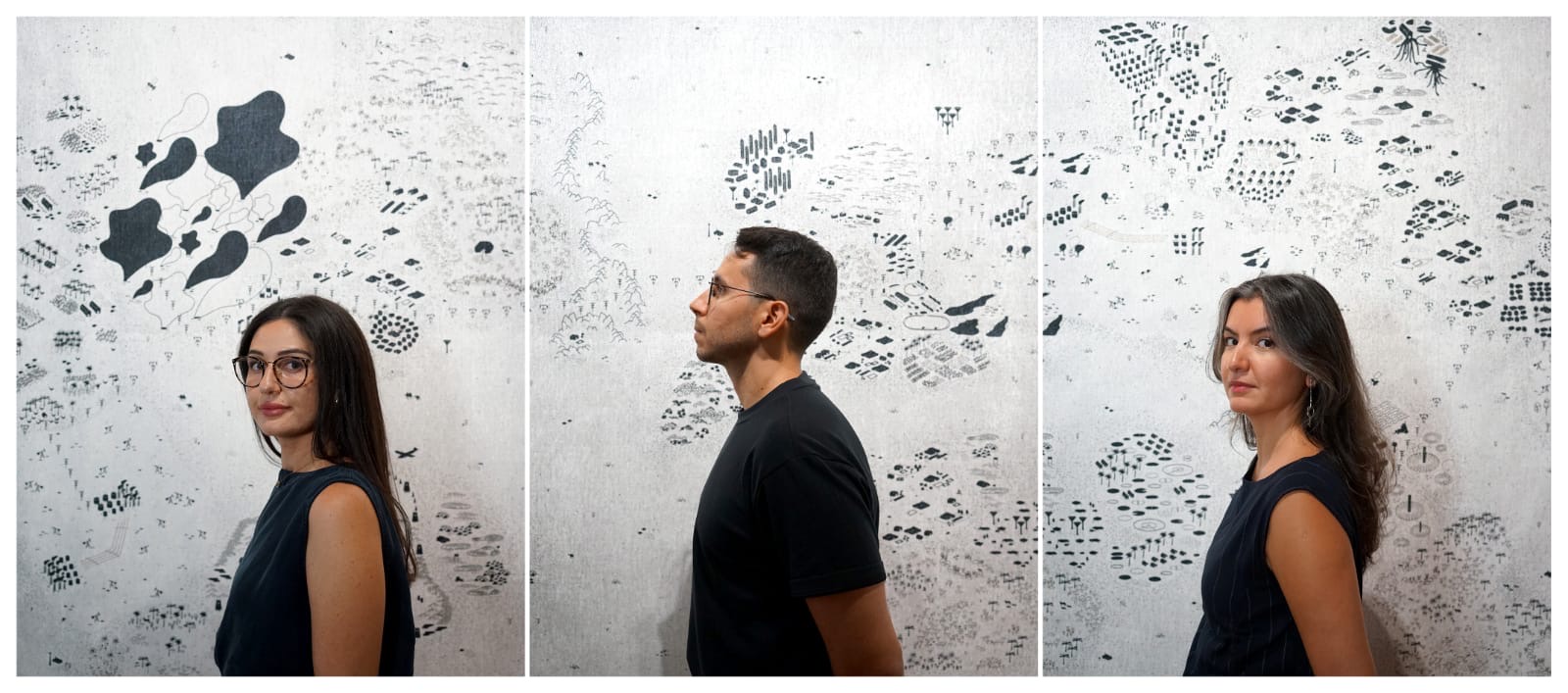
On display at Krinzinger Schottenfeld: The collective: Aseel AlYsqoub, Yousef Awaad Hussein, Saphiya Abu Al-Maati. Photo by Camille Zakharia.
How different from this multisensory, time-bridging, often poetic puzzle of fragmented narratives, “Shored Against My Ruins” at the Galerie Kandlhofer transports us into a fragmentation that is an illusion. Sometimes the things of everyday life become “a ritualized act through which we perceive the sublime. Recognizing these tiny fleeting fragments is everything; it is perfection,” writes curator DJ Hellerman about his show featuring seven artists. With the ghostly paintings of Franco Andrés, the haunting photographs of TR Ericsson, and the frighteningly creepy masks of King Cobra, the gallery primarily shows US artists who depict a world in the process of disintegration.

Franco Andrés, Doing Away with Lamentation, 2025. Courtesy the artist
Curator Thomas Thiel has chosen a technoid approach for the Galerie Nächst St. Stephan Rosemarie Schwarzwälder in its branch on Domgasse: “Seeds” is the title of this focused exhibition featuring four artists. In computer language, this term refers to numerical codes that limit randomness and reproduce results.
Subjectivity is addressed here through algorithmic filters and material transformations, as Christopher Kulendran Thomas uses algorithmically generated images on his miniature glass paintings to address the exile history of his Tamil family. For years, Simon Denny has specialized in questioning digital power structures. For “Seeds,” he developed two new series that reflect the increasing military orientation of the tech industry. His “paintings” were produced by converted CNC machines, reprogrammed plotters, and industrial printers and reference everything from advertising materials to futuristic works of art history. Katja Novitskova places her strange, bright blue creatures in the middle of the room—a grandiose combination of stuffed animals and gelatinous, egg-incubating creatures of the future. Here, the finding of fragmentation is transferred to the next stage, to techno-utopian subjectivity.

On display at Galerie nächst St. Stephan: Marianna Simnett, Blue Moon (video still), 2022. Courtesy the artist and Sociéte Berlin.
